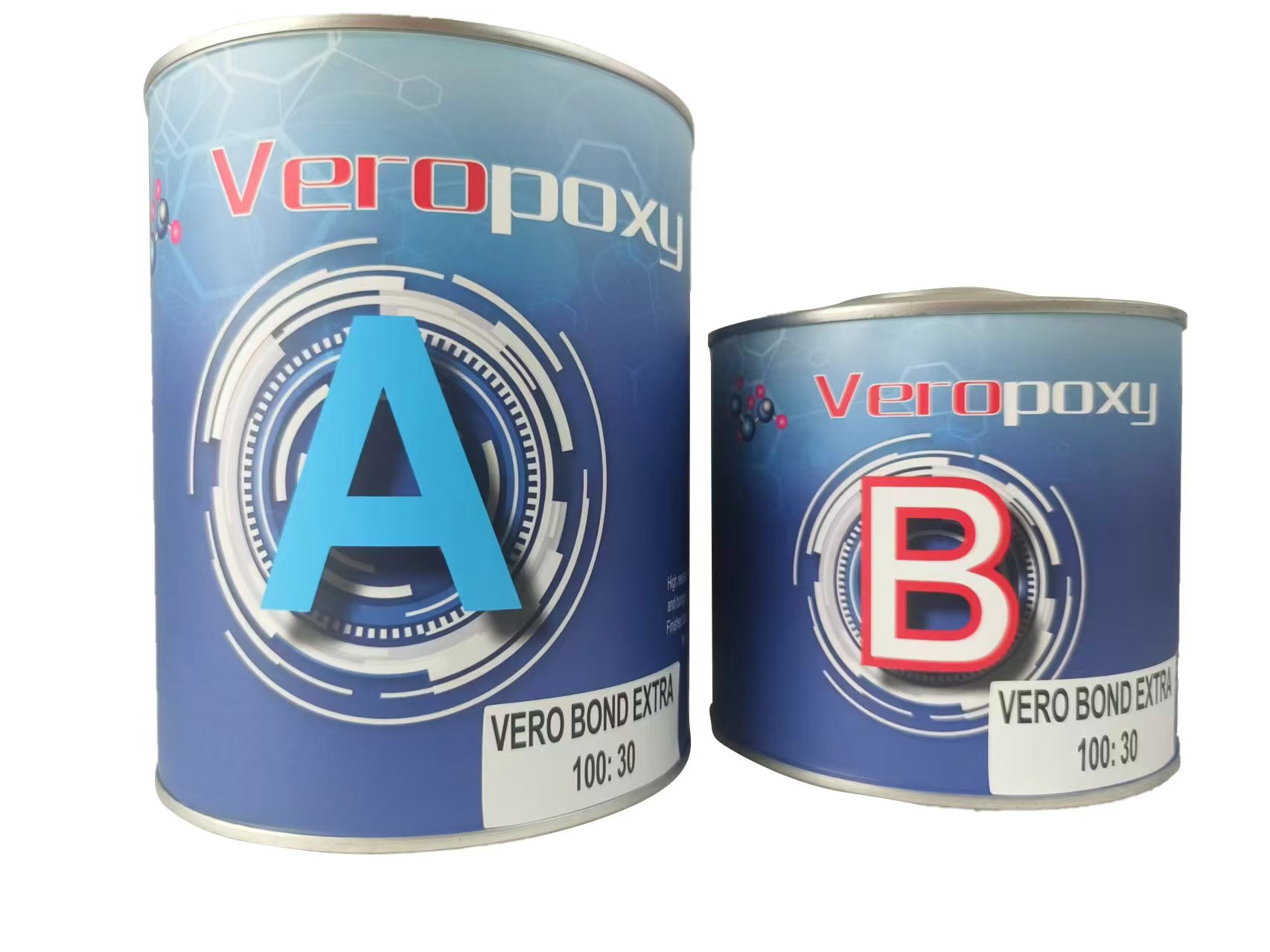Travertine, with its natural charm and timeless elegance, is a favorite material in architecture and interior design. From great foyers to calm bathrooms, its warm tones and distinctive patterns accentuate areas. But travertine’s porous character makes it prone to staining and discolouration, which worries both designers and house owners equally.
Enter epoxy resin, a modern solution that promises to protect travertine from unsightly blemishes while maintaining its beauty. But how good is epoxy in stopping discolouration and staining? Regarding the lifetime and visual appeal of the stone, what does that mean? We shall explore in this article the scientific and useful uses of epoxy resin on travertine, so revealing how this material protects one of the most beautiful stones in nature.
Understanding Travertine’s Vulnerabilities
The Pores that Tell a Story
Travertine’s porous structure is a hallmark of its natural formation, created by mineral-rich water deposits. Although these holes accentuate its natural beauty, they also function as small sponges absorbing dirt and liquids. If the stone isn’t sealed correctly, over time stains, discolouration, and even structural weakening can result.
Staining and Discoloration Hazards
From wine spills to water rings, everyday substances can wreak havoc on travertine surfaces. Furthermore discolouring the stone and reducing its visual appeal are extended sunlight, cleaning agents, or acidic compounds.
What Makes Epoxy Resin a Game-Changer?
A Robust Barrier Against Stains
Epoxy resin forms a protective layer over travertine, effectively sealing its porous surface. This barrier keeps the stone clean and unspoiled by stopping liquids, oils, and dirt from getting through it.
Unlike traditional sealants, epoxy offers a stronger, longer-lasting shield, making it particularly suitable for high-traffic areas like kitchens and bathrooms.
Protecting Against Discoloration
Epoxy’s UV-resistant properties help guard travertine against discoloration caused by sunlight. Its chemically inert character also guarantees that common household chemicals and cleaners won’t react with the stone, so maintaining its natural colours.
Application Techniques for Optimal Results
Surface Preparation
For epoxy resin to work effectively, the travertine surface must be thoroughly cleaned and dried. Any residual dirt or moisture will compromise the resin’s capacity to adhere correctly, so affecting either reduced durability or uneven coverage.
Application Methods
Applied as a thin, transparent coat or injected into the stone to fill its pores, epoxy can be The decision will rely on the intended aesthetic—that of either a high-gloss finish or a natural look.
Curing Time
Epoxy requires adequate curing time to fully bond with the stone and create a robust barrier. Usually depending on the surroundings, this process takes 24 to 72 hours.
Benefits of Epoxy Resin for Travertine
Enhanced Longevity
By sealing the pores and protecting against stains, epoxy significantly extends the lifespan of travertine surfaces. This makes it a great investment if one wants to keep the stone valuable and attractive.
Minimal Maintenance
Epoxy-coated travertine is easy to clean and maintain. Regular cleaning calls just mild soap and water; spills can be cleaned without worry about staining.
Aesthetic Flexibility
Epoxy resin can enhance travertine’s natural beauty by deepening its colors and adding a subtle sheen. Epoxy can also provide a high-gl gloss finish that accentuates the elegance of the stone for those looking more modern.
Challenges and Considerations
Cost Implications
High-quality epoxy and professional application can be costly. Although the investment pays off over time, it could discourage financially strapped homeowners from choosing this fix.
Potential Yellowing
Though modern epoxies are designed to resist UV-induced yellowing, lower-quality products may still discolor over time. Maintaining the beauty of travertine depends on selecting a reliable brand and UV-resistant formula.
Texture Changes
Epoxy can alter the feel of travertine, especially when applied as a thick coating. Although some value the smooth, glass-like surface it produces, others could rather have natural texture of unsealed stone.
Practical Applications of Epoxy on Travertine
Kitchen Countertops
In kitchens, where stains and spills abound every day, epoxy-coated travertine provides unmatched defence. Its barrier keeps surfaces clean and hygienic by stopping liquids including coffee, wine, or oil from seeping into the stone.
Bathroom Floors and Walls
Bathrooms expose travertine to water, soap, and personal care items capable of staining or discolouring the stone. Epoxy forms a water-resistant barrier that guarantees the stone stays brilliant and damage-free.
Outdoor Spaces
Epoxy resin shields against weathering, UV damage, and dirt accumulation for outdoor travertine projects including patios or pool decks. This helps the stone to stay naturally beautiful even in the elements.
long-term effects on travertine
Durability Meets Aesthetic Integrity
Epoxy-treated travertine not only withstands the test of time but also retains its aesthetic charm. Its capacity to avoid staining and discolouration guarantees that the stone will look as beautiful years later as it did on first day.
Increased Property Value
Because epoxy-protected travertine’s low-maintenance appeal and durability appeal to buyers, homes and businesses with this stone often demand more property value.

epoxy resins
Epoxy resin is a transformative solution for protecting travertine against staining and discoloration. Its capacity to seal pores, withstand UV damage, and build a strong barrier distinguishes it as a great option for maintaining the beauty and use of the stone.
While there are challenges to consider—such as cost and potential texture changes—the benefits far outweigh the drawbacks. Epoxy guarantees that travertine maintains its elegance and appeal for decades whether used in kitchens, bathrooms, or outside areas.
For those who admire the timeless allure of travertine but worry about its vulnerabilities, epoxy offers the perfect blend of protection and enhancement, making it a worthy addition to any design project.
Post time: 11 月-21-2024

